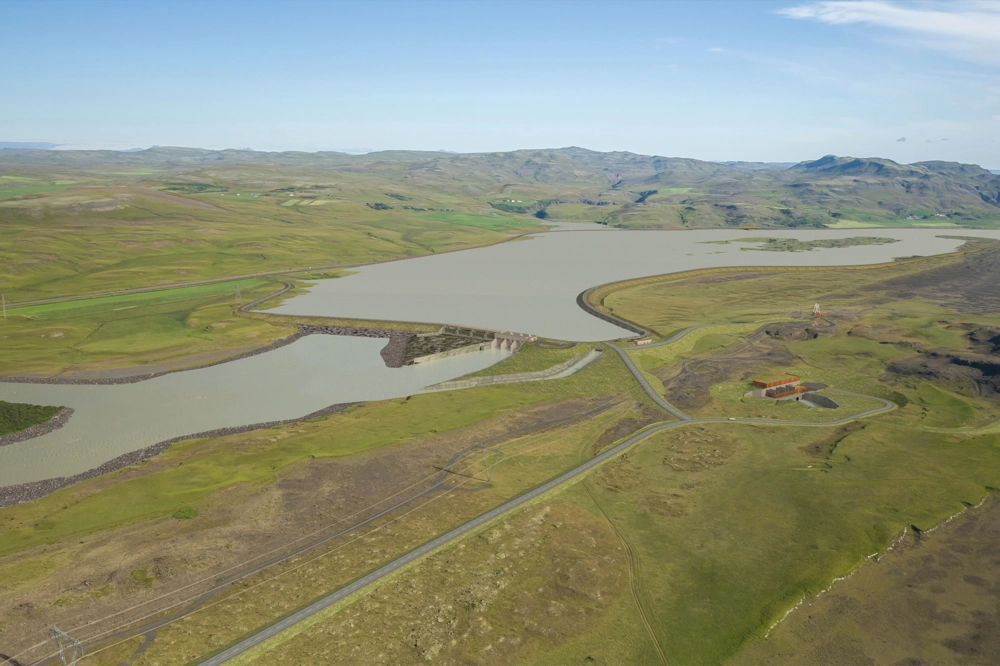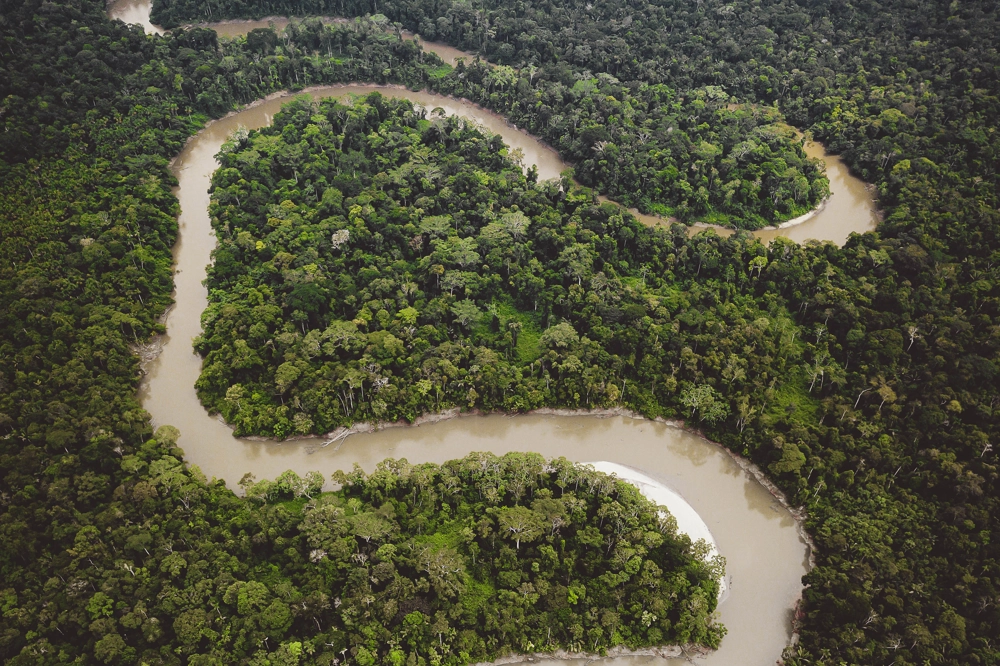More than half of low-income countries are either experiencing or at high risk of debt distress, according to a 2024 World Bank study.
And for many, the need to keep public services running means that funding isn’t readily available for tackling climate change and biodiversity loss.
Into these headwinds comes debt conversions for nature, formerly known as debt-for-nature swaps. In countries that are typically cash poor but biodiversity rich, these deals could help reduce national debt in return for nature conservation.
They are by no means a new concept. The first deal was proposed by ecologist Thomas Lovejoy in 1987, when he saw environmental conservation falling by the wayside in Latin America following the debt crisis. Over three decades later, they have entered a new era.
Commercial debt conversions for nature
In 2021, Belize signed the first commercial debt conversion for nature. The deal was facilitated by charity partner The Nature Conservancy and bank Credit Suisse, which rallied a group of investors, including L&G.
L&G, in 2023, then participated in similar deals targeting marine and biodiversity conservation in Gabon, and a record-setting transaction in Ecuador – where the firm acted as the cornerstone investor for the latter with a $250m investment for the Galapagos islands.
More recently in December 2024, L&G followed up with an investment in Ecuador's second debt conversion for nature. This initiative, led by the Republic of Ecuador and The Nature Conservancy, made history as the first of its kind to support forestry and freshwater conservation rather than marine projects.
According to The Nature Conservancy, this deal will aim to provide significant gross savings over the life of the transaction, unlocking around $460m to facilitate the Biocorredor Amazónico program, which will aim to protect 4.6 million hectares of forest and 18,000km of freshwater, as well as benefitting indigenous populations and communities.
“It is excellent to see these transactions continue to help maximise savings and conservation, as well as branch out into forestry and freshwater having historically been used for marine projects. Evolving in terms of innovation and scalability, we believe they are an attractive investment opportunity for institutional investors that aims to deliver over the longer-term, alongside positive environmental and social outcomes.”
Senior Investment Manager (Alternative Debt) - Asset Management, L&G
How the world’s biggest debt conversion for nature worked in the Galapagos
Going back to 2023 – Ecuador’s public debt, given its economic capacity, was trading at a significant discount. The country, working with its own financial advisors as well as then-Credit Suisse and the Pew Bertarelli Oceans Legacy Trust, was able to create a debt conversion for nature proposal.
This allowed Ecuador to undertake a tender offer on its current debt which would be financed by the new investors in the to-be issued debt conversion for nature notes. When the first transaction went ahead in May 2023, Ecuador swapped $1.6bn of its sovereign debt for a new loan of $656m, according to S&P Global Ratings.
Transactions typically have multilateral guarantees or insurance to mitigate sovereign risk, with the aim of attracting a greater number and diversity of investors. In the case of this deal, the International Development Finance Corporation (‘DFC’) insured the transaction.
“Ecuador is a higher credit risk country, so DFC involvement helps us better cater to client needs and appetite” says Harper. “The DFC insures the transaction, so that if Ecuador does not make a payment, investors can reclaim their interest and principal back from them. This elevates the credit rating broadly in line with the guarantor – providing investors the opportunity to invest in emerging markets with investment-grade credit risk.”
It’s also good for Ecuador. “Because the DFC insures the transaction, investors don’t require as much interest being paid,” explains Harper. “Their sovereign bonds at the time [May 2023] were yielding between 17% and 26%, but they are paying 5.645% on these bonds [as reported by Reuters].”
As part of the arrangement, Ecuador have agreed to use a proportion of their debt savings for marine conservation. According to The Inter-American Development Bank (IDB), the transaction is estimated to help generate savings of $323 million to finance conservation activities over the 18 and a half years.
Not so simple nature bonds
So far, the complexity of these transactions has meant extra work for investors. But we believe, they are heading the right direction, becoming more digestible and attracting a greater number and diversity of participants.
For example, there was a record number of institutional investors involved in the most recent debt conversion for nature for the Ecuadorian Amazon.
Further simplification and reporting improvements are underway as issuers become increasingly aware of what is expected by investors. Institutional investors, like ourselves, value greater clarity in terms of reporting and exactly what impacts are being delivered.
Again, naming the recent Ecuador transaction, it was very specific on how many kilometres of freshwater and hectares of rainforest it was going to protect, and how this would be achieved – this improvement in detail is welcomed and has shown the growth in the product in recent years.
“It’s always going to be about choosing the right countries at the right time and having the right structures,” says Harper. “These transactions have multi-faceted risks and whilst the insurance covers the credit risk due consideration needs to be applied when looking to underwrite transactions like this.”
L&G has been among the vanguard in the new generation of debt conversions for nature, investing over $465 million in these transactions globally. As this space evolves, we aim to continue to support innovation for nature conservation and sustainable development across the globe.
Key risks
The value of an investment and any income taken from it is not guaranteed and can go down as well as up, and the investor may get back less than the original amount invested. Past performance is not a guide to future performance.
Investments in countries where investment markets are considered to be less developed. This means that investments are generally riskier than those in developed markets because they: - may not be as well regulated; - may be more difficult to buy and sell; - may have less reliable arrangements for the safekeeping of investments; or - may be more exposed to political and taxation uncertainties. The value of the investment can go up or down more often and by larger amounts than funds that invest in developed countries, especially in the short-term.
Whilst L&G has integrated Environmental, Social, and Governance (ESG) considerations into its investment decision-making and stewardship practices, this does not guarantee the achievement of responsible investing goals within funds that do not include specific ESG goals within their objectives
Assumptions, opinions, and estimates are provided for illustrative purposes only. There is no guarantee that any forecasts made will come to pass. Reference to a particular security is on a historic basis and does not mean that the security is currently held or will be held within an L&G portfolio. The above information does not constitute a recommendation to buy or sell any security.




